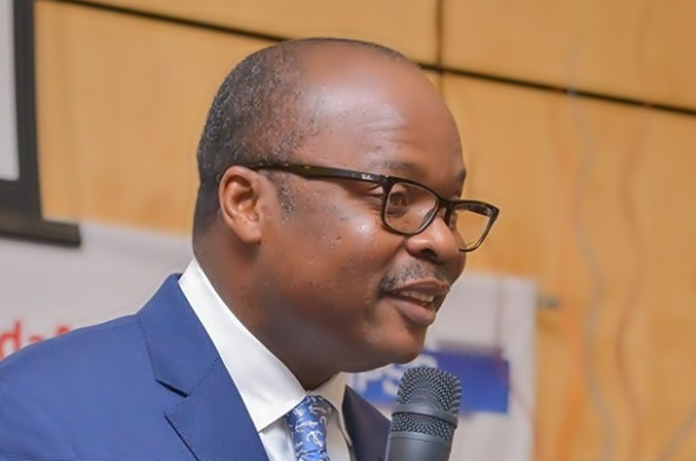
In an innovative effort to solve the two biggest challenges facing monetary policy in the country at the same time, the Bank of Ghana is seeking to steepen the yield curve on financial assets, securities and loans inclusive, by exerting downward pressure on short term interest rates while at the same time leaving longer term interest rates to rise.
The new monetary policy strategy was revealed by the BoG’s Governor, Dr Ernest Addison on Monday in his role as chairman of the central bank’s Monetary Policy Committee.
The BoG has cut the key Monetary Policy Rate by 100 basis points to a new low of 16 percent with a view to stemming, or possibly reversing the ongoing increase in short term interest rates as indicated by the rates for government’s benchmark 91 day and 182 day treasury bill rates. However, the central bank expects the cut not to affect medium to long term yields on government’s benchmark treasury bonds which have been rising on the secondary market at even faster pace than their short term counterparts.
The strategy is predicated on the need to lower the borrowing rates charged businesses in Ghana to make them more cost competitive, while at the same time allowing the interest yields earned by investors in government’s medium to long term cedi denominated debt securities, which are predominantly invested in by foreign investors, to be sufficiently competitive against dollar denominated investment instruments issued in the western hemisphere, and whose offered yields have been rising over the past year in accordance with rate hikes led by the United States Federal Reserve Bank. Those rate hikes have persuaded investors to move substantial investment volumes out of Ghana and into dollar denominated investments, putting pressure on both the cedi exchange rate and Ghana’s balance of payments position.
This week’s MPR cut will expectedly result in lower coupon rates for short term debt securities – and subsequently short term bank loans – since the policy rate itself is designed to transmit policy at the short end of the money market. Foreigners are not allowed to invest in government securities of less than two years tenor and so this will not affect them.
Over the past year, these rates have nevertheless been rising as part of a general increase in offered yields on government securities to curb portfolio dis-investment by foreign investors. During 2018, 91 day and 182 day treasury bill rates rose by 1.3 percent and 1,2 percent respectively to reach 14.6 percent and 15.0 percent.
However medium and long tenured instruments yields on the secondary market have risen considerably faster in an effort to attract and retain the foreign investors who dominate at that end of the spectrum Seven year bond yields rose by 4.7 percent from 16.3 percent to 21.0 percent; 10 year bond yields climbed by 4.5 percent from 16.7 percent to 21.2 percent; and 15 year bond yields increased by 4.2 percent from 17.2 percent to 21.4 percent.
The reduction in the MPR will not affect the direction of yields on those medium and long term bonds
The BoG’s strategy, while increasing yields for foreign investors in medium to long term bonds, has at the same time enabled a 3.2 percent fall in the weighted average interbank lending rate from 19.3 percent to 16.1 percent, while average lending rates of banks have declined by 2.4 percent from 29.3 percent to 26.9 percent.
However local borrowers using corporate bonds for their financing – such as non-bank lenders who have been issuing bonds on the Ghana Alternative Market to finance their lending – will now incur higher financing costs as corporate bond yields rise in consonance with those on government bonds, even as their counterpart enterprises who borrow short term enjoy cheaper loans.
But financial analysts point out that even this may be a good thing since it will encourage corporations to seek equity financing on the stock market as a better alternative to increasingly expensive medium to long term corporate securitized debt.
goldstreetbusiness

























